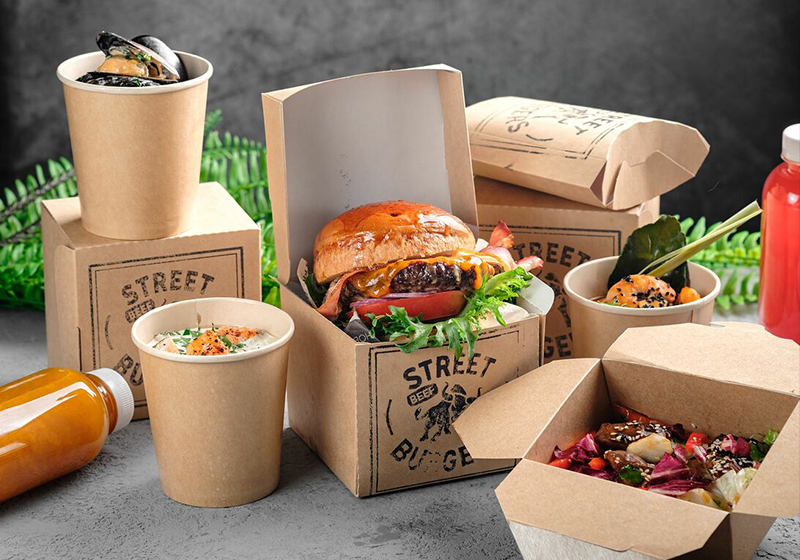As concerns over climate change and environmental degradation intensify, individuals and corporations are exploring ways to reduce their carbon footprint. One impactful strategy is replacing conventional plastic packaging with disposable biodegradable paper boxes. This shift offers numerous environmental benefits that extend beyond just reducing landfill waste.
First and foremost, disposable biodegradable paper boxes help combat the pervasive issue of plastic pollution. Every year, millions of tons of plastic waste end up in oceans, harming marine life and ecosystems. Many animals mistake floating plastic debris for food, leading to ingestion and entanglement, which often proves fatal. By contrast, paper-based alternatives decompose quickly and do not pose the same threat to wildlife. When disposed of correctly, these boxes return to the earth as organic matter, enriching the soil rather than contaminating it.

Another key advantage of disposable biodegradable paper boxes lies in their reduced greenhouse gas emissions during production. Manufacturing plastic involves extracting fossil fuels, refining them, and processing them into polymers—a highly energy-intensive process that releases significant amounts of CO2. On the other hand, producing paper boxes typically relies on plant-based materials, which absorb CO2 during growth. Although some energy is still required for pulping and shaping the material, the overall carbon footprint is considerably lower compared to plastic production.
Furthermore, the recyclability and renewability of paper make it an attractive choice for sustainable packaging. Most disposable biodegradable paper boxes are made from recycled content, further minimizing resource consumption. Even if they are not recycled, these boxes can be composted at home or in industrial facilities, contributing valuable nutrients back to the soil. This closed-loop system contrasts sharply with the linear "take-make-dispose" model associated with plastic, which perpetuates waste accumulation.
From a water conservation perspective, paper boxes also outperform plastic. Producing one kilogram of plastic requires approximately twice as much water as producing the same amount of paper. Given the increasing scarcity of freshwater resources worldwide, opting for less water-intensive materials is crucial for preserving ecosystems and supporting human needs.










 English
English русский
русский Español
Español 中文简体
中文简体











